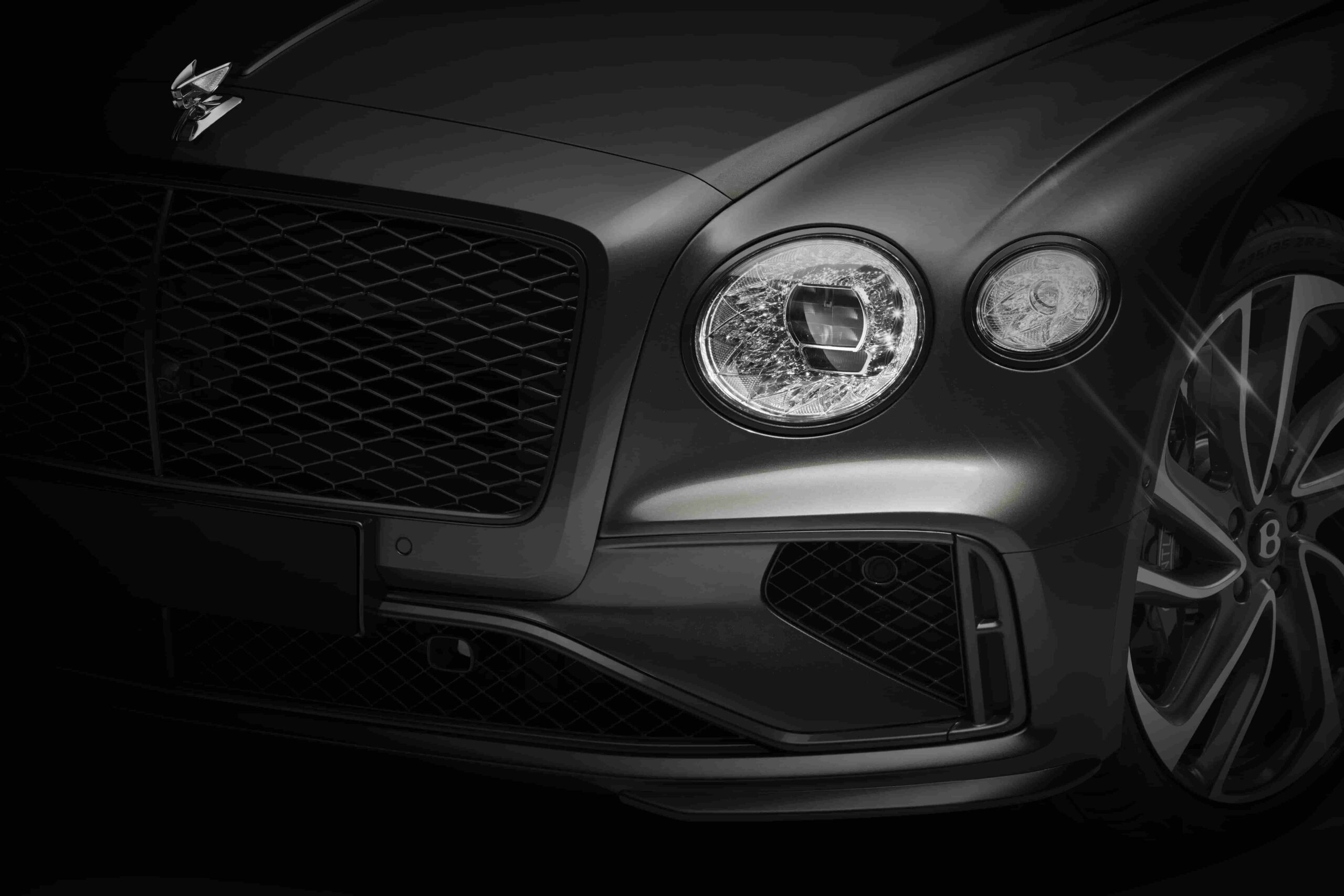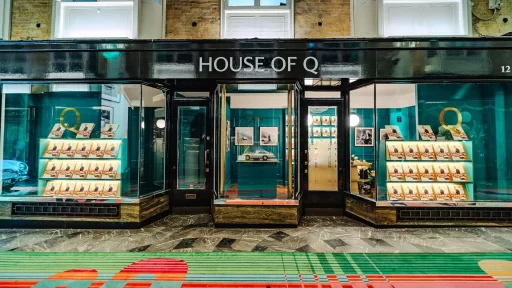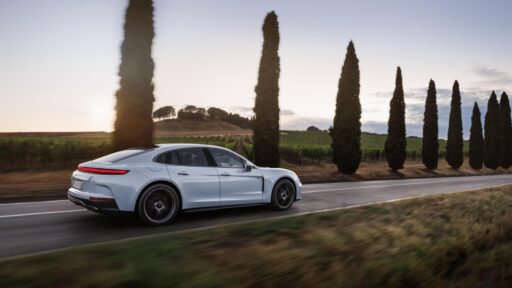Who can resist the urge to package decades as if they were neatly defined eras? The reality is more nuanced, but the Ferrari Testarossa epitomizes the Eighties. With its sleek nose, flamboyant side strakes, and wide hips, Ferrari’s design partner Pininfarina wasn’t just capturing the zeitgeist but pushing it forward. The Testarossa, with its reimagined classic name, debuted at the Lido cabaret club on the Champs Élysées just before the 1984 Paris Motor Show, making an indelible mark as a showstopper.
This latest iteration in Ferrari’s legendary 12-cylinder lineage is revered as one of the greats. Building on the legacy of the 365 GT4 Berlinetta Boxer and 512 BB, the Testarossa introduced new electronic fuel injection, ignition, and four-valve cylinder heads, allowing its 5.0-liter flat-12 engine to produce 390cv.
READ MORE: Lexus LBX Morizo RR Debuts in Japan: 305 HP, 4×4 Drive, and Sporty Performance Unveiled
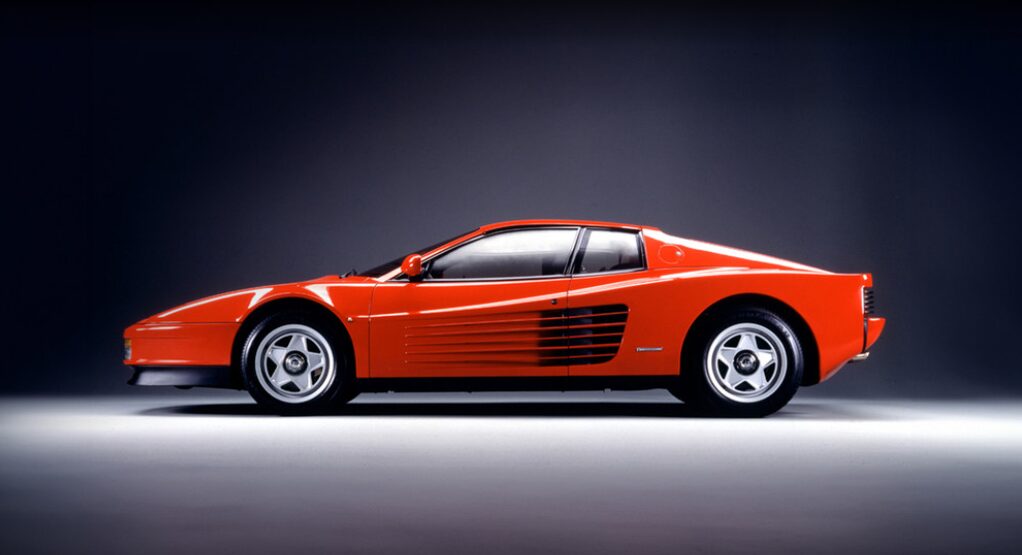
Its iconic design was also driven by engineering needs: the 512 BB’s front-mounted radiators were relocated to the sides in the Testarossa, expanding its width by 152mm at the rear. This change led to design opportunities, such as the dramatic side scoop intakes and protective strakes, complemented by buttresses and a notably flat and wide rear.
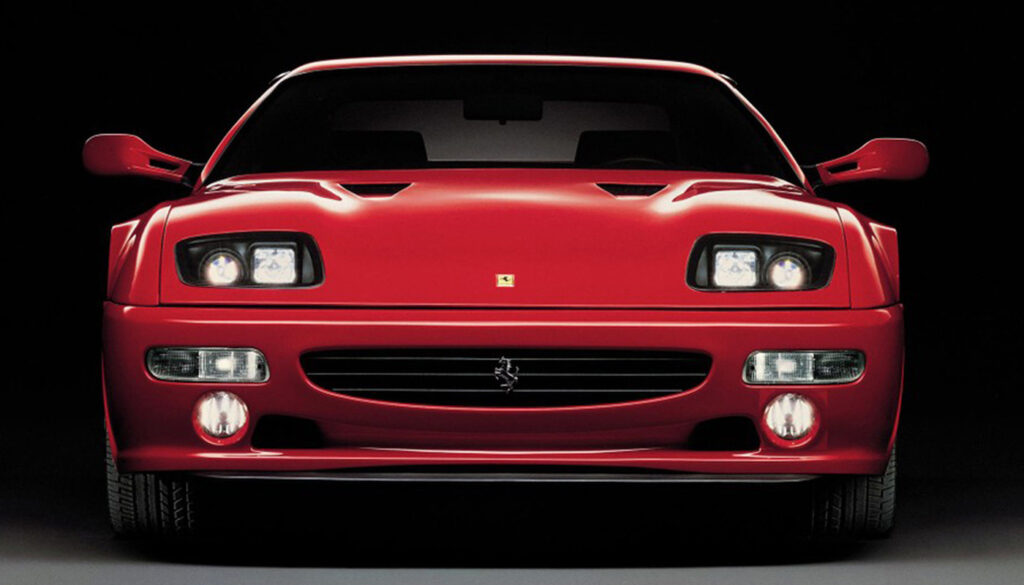
The Testarossa’s almost cartoonish shape quickly embedded itself in popular culture. In ‘Miami Vice,’ after using a replica Daytona Spider in the first season, Ferrari provided a pair of Testarossa ‘monospecchios’ for one of the most memorable product placements in television history. The car’s launch, only a few months after the GTO, highlighted Ferrari’s subtle repositioning of its 12-cylinder flagship as a grand tourer as well as a supercar.
By today’s standards, the Testarossa doesn’t seem as large or as daunting as it once did. It offers a comfortable seating experience, with its unassisted steering becoming more responsive as speed increases. The classic open gate shifter adds drama and character to gear changes, while the modestly sized front tires contribute to eager turn-in. High-speed handling, however, demands respect due to the engine’s size, position above the gearbox, and mid-mounted configuration.

The 512 TR, introduced in 1991, addressed these challenges. It featured a power boost to 428bhp, with engineers lowering the powertrain by 30mm to enhance the center of gravity and optimize the polar moment of inertia. Structural rigidity was improved, and the car sported larger wheels and tires for a sharper dynamic performance. Visual updates were subtle, including a reworked nose and part-black engine cover, yet the quintessentially Eighties design remained fresh into the new decade. It was easier to handle, with a more powerful engine revving beyond 7000rpm, sharper throttle response, and friendlier weight distribution. This was the first Ferrari I drove, leaving a lasting impression as a significant milestone in the Prancing Horse’s history.
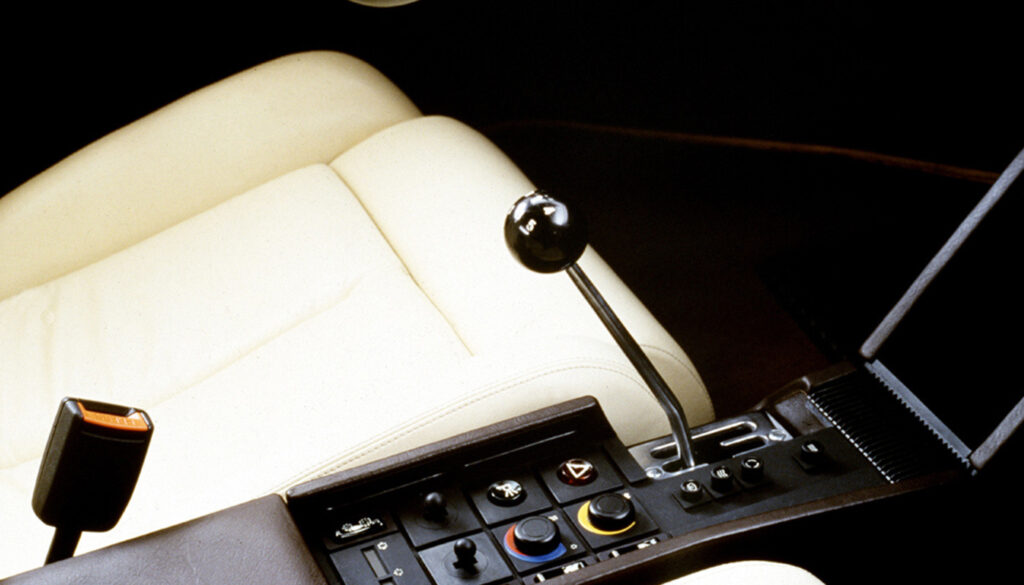
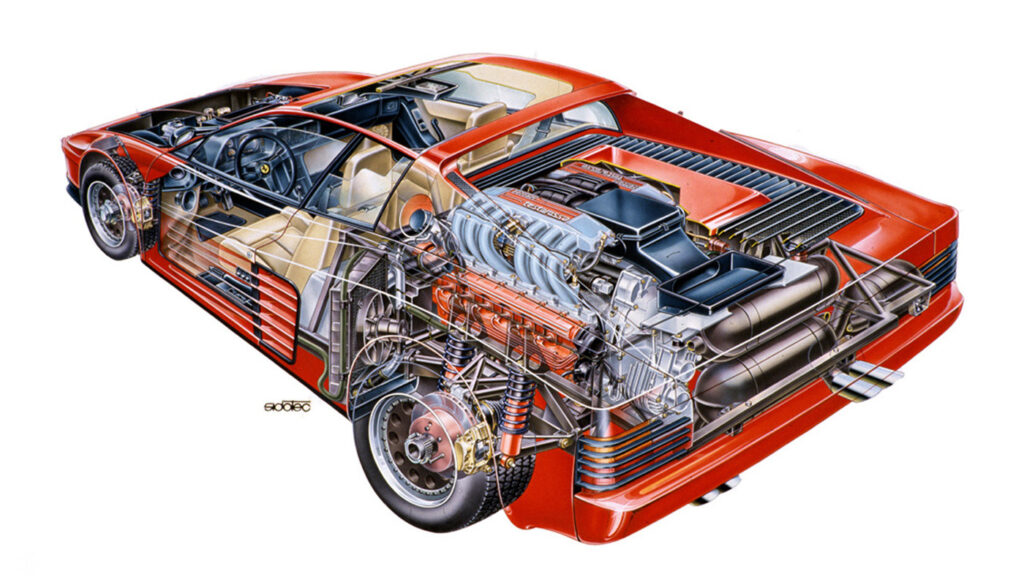
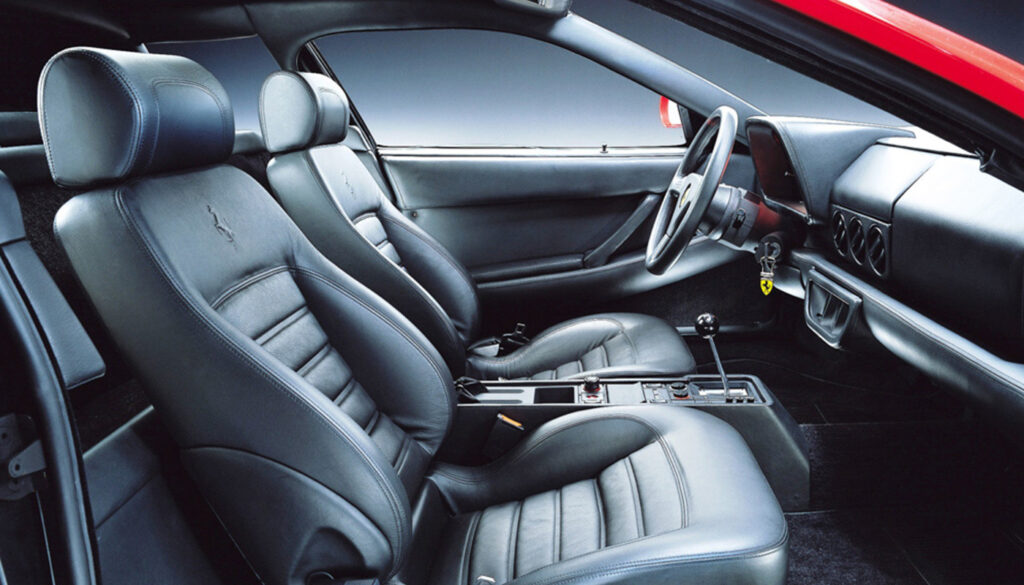
In 1994, the F512 M—standing for ‘modificata’—debuted, losing its signature pop-up headlights due to new safety regulations and gaining four round rear lights. The engine was upgraded with titanium con-rods and an increased compression ratio, raising output to 440cv, while a new stainless steel exhaust enhanced the sound. The F512 M was the easiest to drive of the trio, offering a tactile and rewarding refinement of the mid-engined flat-12 formula, which would eventually give way to the front-engined V12 in the 1996 550 Maranello, reconnecting with the 365 GTB4 Daytona legacy.
With nearly 10,000 units produced across its three versions, the Testarossa series is one of Ferrari’s most successful 12-cylinder models. These cars remain stylish and relevant, capturing the enduring appeal of the Eighties and Nineties.
READ MORE: Introducing the New Audi A5 Models: Unmatched Style and Performance
Subscribe today for the freshest car news delivered to your inbox
